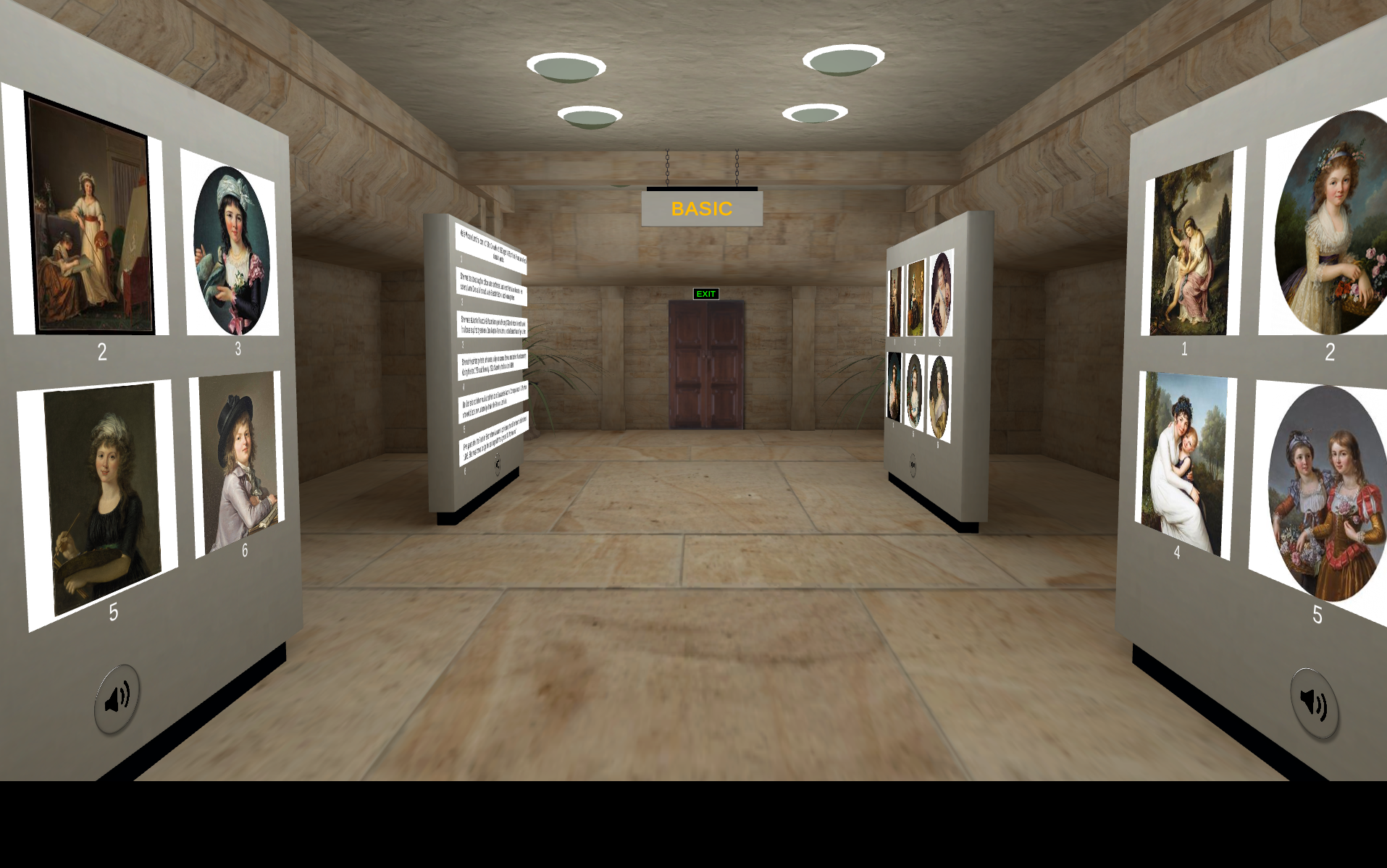Elaine Sturtevant 3D Art Gallery @ https://eternal3d.com/users/profile/Elaine/Sturtevant/1351
Elaine Sturtevant (1924 – 2014), often simply referred to as “Sturtevant” or “Sturtevant,” was an American artist known for her pioneering work in the field of appropriation art. She gained recognition for creating replicas of artworks made by other well-known artists, challenging notions of originality, authorship, and the value of artistic creation.
Sturtevant’s work involved meticulously recreating pieces by artists like Andy Warhol, Jasper Johns, Roy Lichtenstein, and Marcel Duchamp. She aimed to question the traditional concepts of artistic innovation and ownership, raising questions about the role of the artist, authenticity, and the commodification of art.
Her approach was not about forgery but rather about exploring the ideas and processes behind the original artworks. Sturtevant’s work often prompted discussions about the boundaries of copyright, intellectual property, and the nature of creativity in the art world.
Throughout her career, Sturtevant received both praise and criticism for her work. Some viewed her as a visionary and a provocateur who challenged conventional notions of art, while others criticized her for copying established artists’ works without adding significant innovation.
Elaine Sturtevant’s art remains influential in discussions about the nature of art, originality, and the boundaries of creativity. Her legacy is a testament to her unique perspective on the art world and her ability to challenge preconceived notions of what constitutes artistry.

1) Elaine Frances Sturtevant, known professionally as Sturtevant, born in Lakewood, Ohio on August 23, 1924 to May 7, 2014 (aged 89), was an American artist.
2) She earned a bachelor in psychology from the University of Iowa, followed by a master degree from Teachers College of Columbia University. In New York, she also studied at the Art Students League.
3) Sturtevant’s earliest known paintings was made in NY in the late 1950s. In these works, she sliced tubes of paint open, flattened them, and attached them to canvas.
4) Most of these works contain fragments from tubes of several colors of paint, some have additional pencil scribbles and daubs of paint.
5) In 1964, by memorization only, she began to manually reproduce (or “repeat”) paintings and objects created by her contemporaries with results that can immediately be identified with an original.
6) In some ways, style is her medium. Her last large-scale installation, The House of Horrors, has been on temporary display at the Musee d’ Art Moderne de la Ville de Paris since June 2015.



